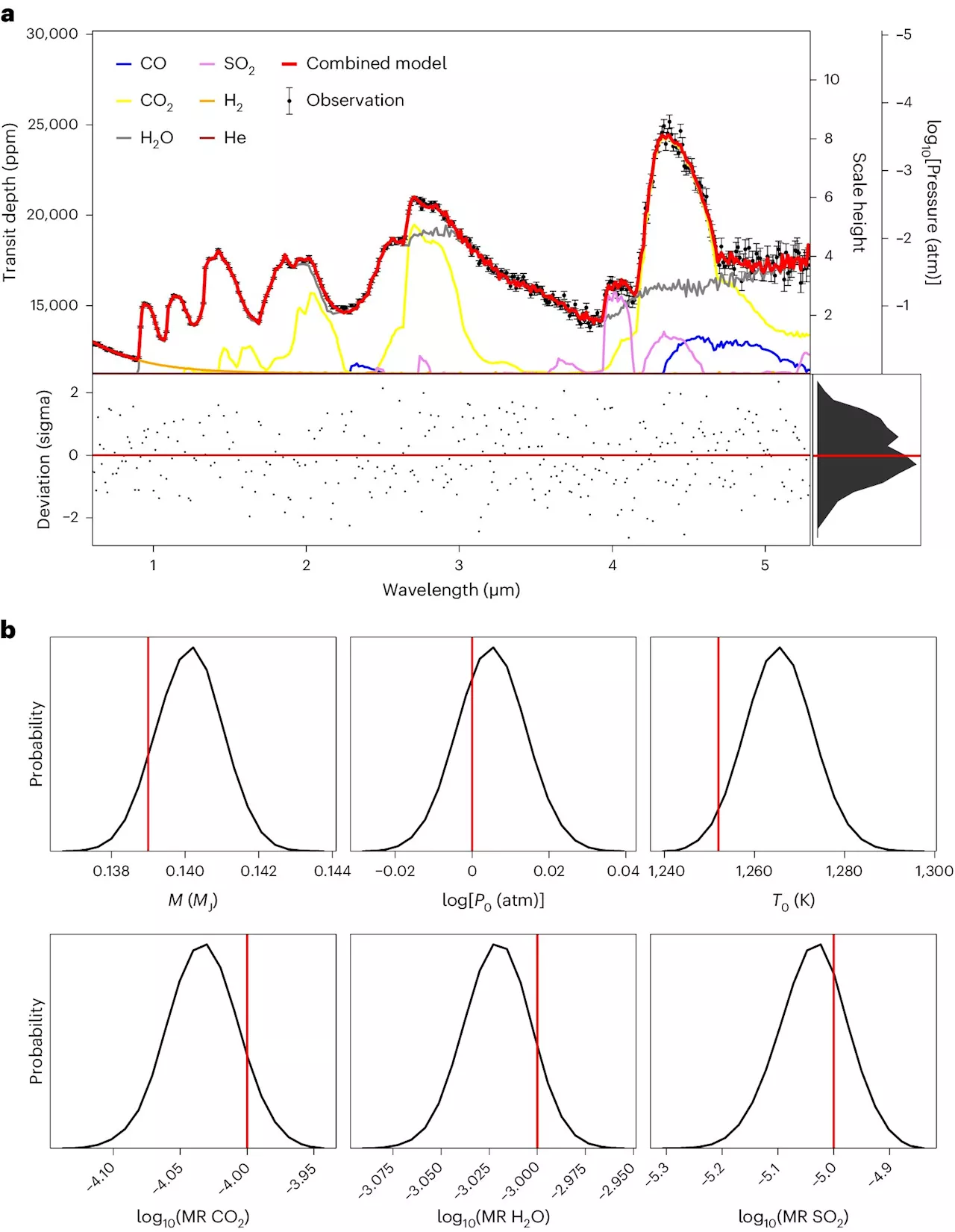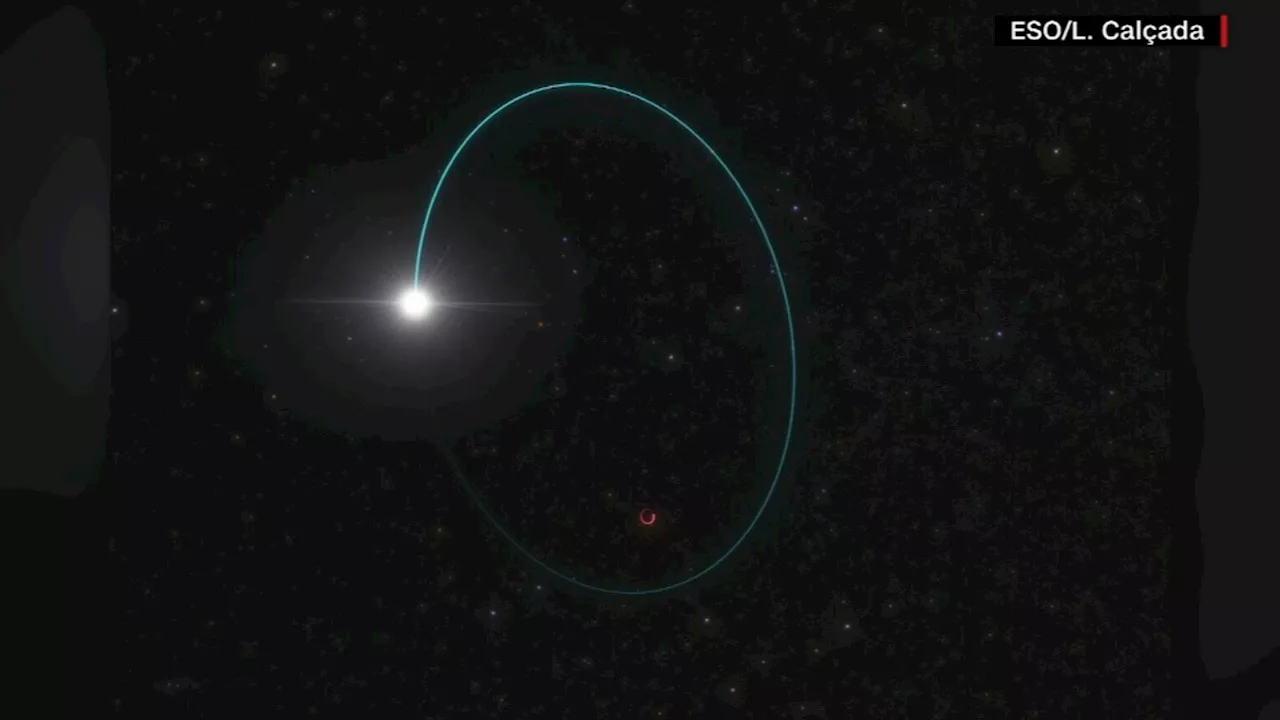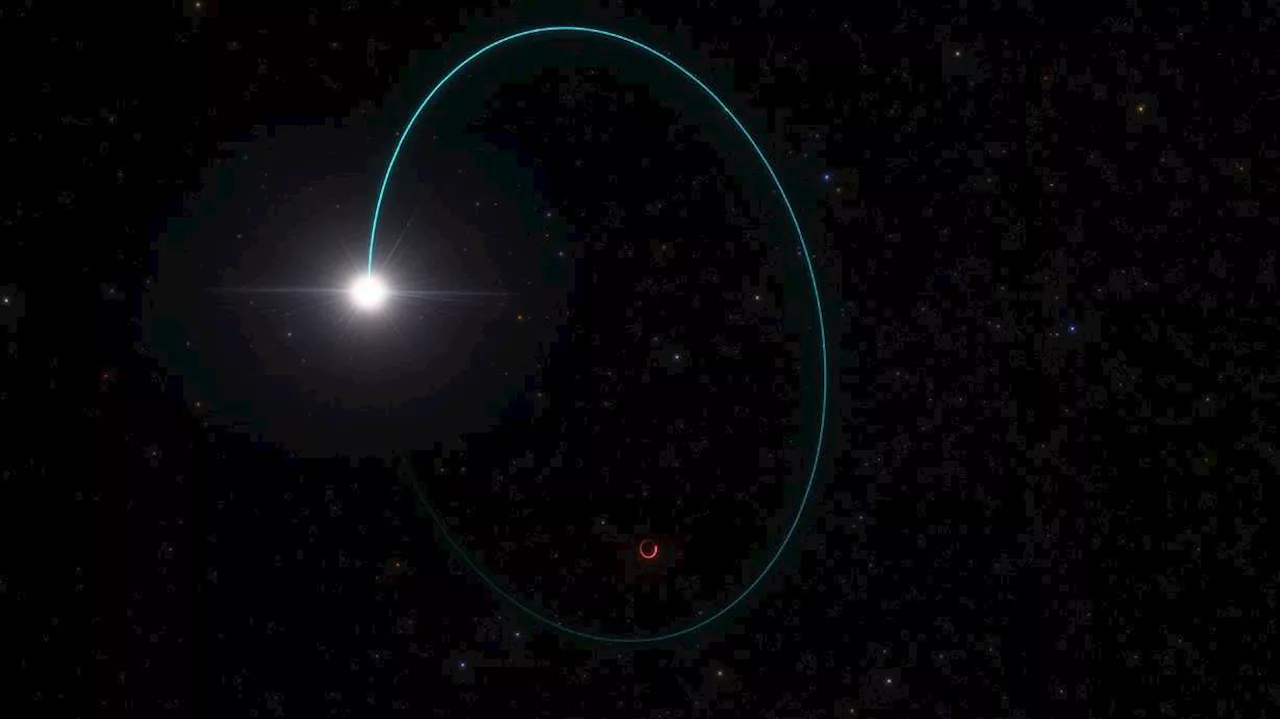Astronomers say a planet that's bigger than Jupiter is surprisingly as fluffy and light as cotton candy. An international team reported Tuesday that the planet has an exceedingly low density for its size. The gas giants in our solar system — Jupiter, Saturn, Uranus and Neptune — have much higher densities.
This illustration provided by NASA depicts the planet WASP 193-b. Scientists reported Tuesday, May 14, 2024, that the exoplanet has such low density for its size that it’s the consistency of cotton candy. CAPE CANAVERAL, Fla. — Astronomers have identified a planet that’s bigger than Jupiter yet surprisingly as fluffy and light as cotton candy.
The exoplanet has exceedingly low density for its size, an international team reported Tuesday. The gas giants in our solar system — Jupiter, Saturn, Uranus and Neptune — are much denser. “The planet is basically super fluffy” because it’s made mostly of light gases rather than solids, lead author Khalid Barkaoui of Massachusetts Institute of Technology said in a statement
Scientists say an outlier like WASP-193b is ideal for studying unconventional planetary formation and evolution. The planet was confirmed last year, but it took extra time and work to determine its consistency based on observations by ground telescopes. It’s thought to consist mostly of hydrogen and helium, according to the study published in Nature Astronomy.
The planet is located some 1,200 light-years away. A light-year is 5.8 trillion miles. It’s the second-lightest exoplanet found so far based on its dimensions and mass, according to the researchers.The Associated Press Health and Science Department receives support from the Howard Hughes Medical Institute’s Science and Educational Media Group. The AP is solely responsible for all content.
South Africa Latest News, South Africa Headlines
Similar News:You can also read news stories similar to this one that we have collected from other news sources.
 Astronomers discover WASP-193b, a giant planet with a density similar to that of cotton candyAn international team led by researchers from the EXOTIC Laboratory of the University of Liège, in collaboration with MIT and the Astrophysics Institute in Andalusia, has just discovered WASP-193b, an extraordinarily low-density giant planet orbiting a distant sun-like star.
Astronomers discover WASP-193b, a giant planet with a density similar to that of cotton candyAn international team led by researchers from the EXOTIC Laboratory of the University of Liège, in collaboration with MIT and the Astrophysics Institute in Andalusia, has just discovered WASP-193b, an extraordinarily low-density giant planet orbiting a distant sun-like star.
Read more »
 Astronomers spot a massive ‘sleeping giant’ black hole less than 2,000 light-years from EarthNamed Gaia BH3, it has a mass that is nearly 33 times that of our sun, and it’s located 1,926 light-years away in the Aquila constellation, making it the second-closest known black hole to Earth.
Astronomers spot a massive ‘sleeping giant’ black hole less than 2,000 light-years from EarthNamed Gaia BH3, it has a mass that is nearly 33 times that of our sun, and it’s located 1,926 light-years away in the Aquila constellation, making it the second-closest known black hole to Earth.
Read more »
Astronomers spot a massive ‘sleeping giant’ black hole less than 2,000 light-years from EarthEditor&8217;s note: Sign up for CNN’s Wonder Theory science newsletter. Explore the universe with news on fascinating discoveries, scientific advancements and more. (CNN) — Astronomers have spotted the most massive known stellar black hole in the Milky Way galaxy after detecting an unusual wobble in space.
Read more »
 Astronomers spot a massive 'sleeping giant' black hole less than 2,000 light-years from EarthAstronomers have spotted the most massive known stellar black hole in the Milky Way galaxy after detecting an unusual wobble in space.
Astronomers spot a massive 'sleeping giant' black hole less than 2,000 light-years from EarthAstronomers have spotted the most massive known stellar black hole in the Milky Way galaxy after detecting an unusual wobble in space.
Read more »
 Astronomers spot a massive 'sleeping giant' black hole less than 2,000 light-years from EarthAstronomers have spotted the most massive known stellar black hole in the Milky Way galaxy after detecting an unusual wobble in space.
Astronomers spot a massive 'sleeping giant' black hole less than 2,000 light-years from EarthAstronomers have spotted the most massive known stellar black hole in the Milky Way galaxy after detecting an unusual wobble in space.
Read more »
 Astronomers spot massive 'sleeping giant' black hole less than 2k light-years from EarthAstronomers have spotted the most massive known stellar black hole in the Milky Way galaxy after detecting an unusual wobble in space.
Astronomers spot massive 'sleeping giant' black hole less than 2k light-years from EarthAstronomers have spotted the most massive known stellar black hole in the Milky Way galaxy after detecting an unusual wobble in space.
Read more »
